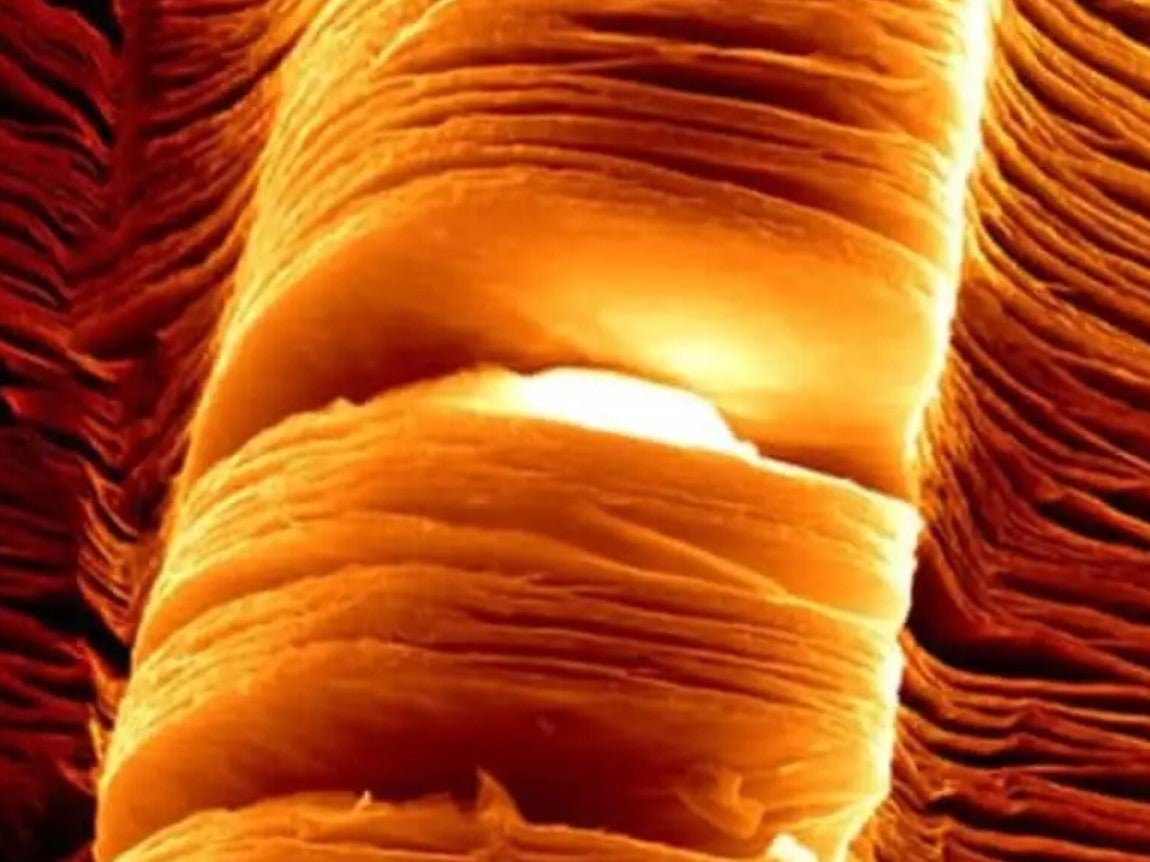Self-powered smartwatch replaces battery with ‘wonder material’
Wearable device needs just a few taps to generate enough electricity to power pulse monitor and LED screen

Researchers have invented a smartwatch-style wearable that makes use of a so-called “wonder material” to monitor a user’s health without requiring any external power source or battery.
The self-powered device, developed by a team at the University of California, Irvine, can keep track of a wearer’s pulse while also communicating with a nearby smartphone.
Energy to power the wearable can be generated by tapping the wristband’s nano energy generators, which provide electricity for the sensor circuitry and LED display.
Embedded near-field communication (NFC) technology also enables the exchange of both data and power between the wearable and companion smartphone.
A paper describing the technology, published in the scientific journal Nano Energy, details how other aspects of health – including body temperature and blood pressure – could also be monitored with a simple change in circuitry.
“This innovation achieves many significant outcomes in one package,” said Rahim Esfandyar-Pour, an assistant professor of electrical engineering and computer science at UCI.
“It enables continuous, battery-free, wireless and on-demand health monitoring anytime and anywhere. It’s made with low-cost and flexible materials and can be tailored to meet a variety of wearable bioelectronic sensors’ requirements.”
One of the biggest innovations of the invention is the use of an ultrathin 2D material called MXenes, which have unique electrical and mechanical properties. MXenes (pronounced Max-enes) have been hailed as a wonder material for their remarkable ability to store energy, purify water and even ward off bacteria.
The bendable and stretchable material can be printed to form triboelectric nanogenerators (TENGs) that are capable of producing voltage through tapping or exerting pressure.
“Imagine you’re out working in a remote location – anywhere, the desert on a mission, in mountains hiking, or even a space station, for example – and you need to keep track of your health information on demand, or there’s an incident, and you need to monitor someone’s vital signs urgently and accurately,” said Esfandyar-Pour.
“This self-powered and wireless device allows you to do that without relying on a battery that can lose its charge and has the thermal unaway issue [overheating of lithium-ion batteries that lead to combustion].”
Subscribe to Independent Premium to bookmark this article
Want to bookmark your favourite articles and stories to read or reference later? Start your Independent Premium subscription today.

Join our commenting forum
Join thought-provoking conversations, follow other Independent readers and see their replies